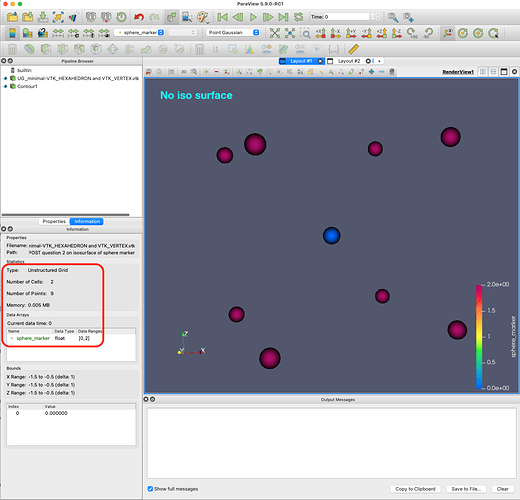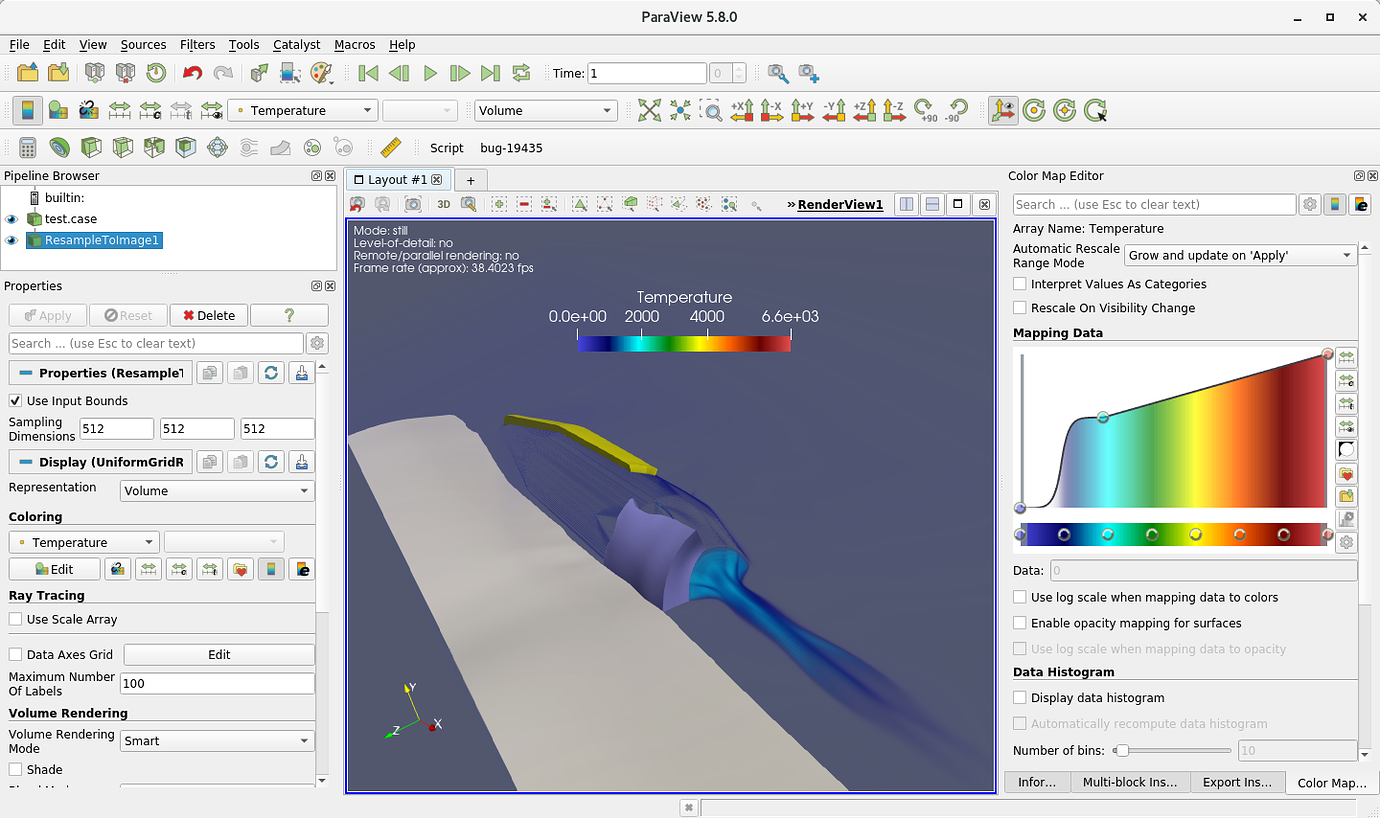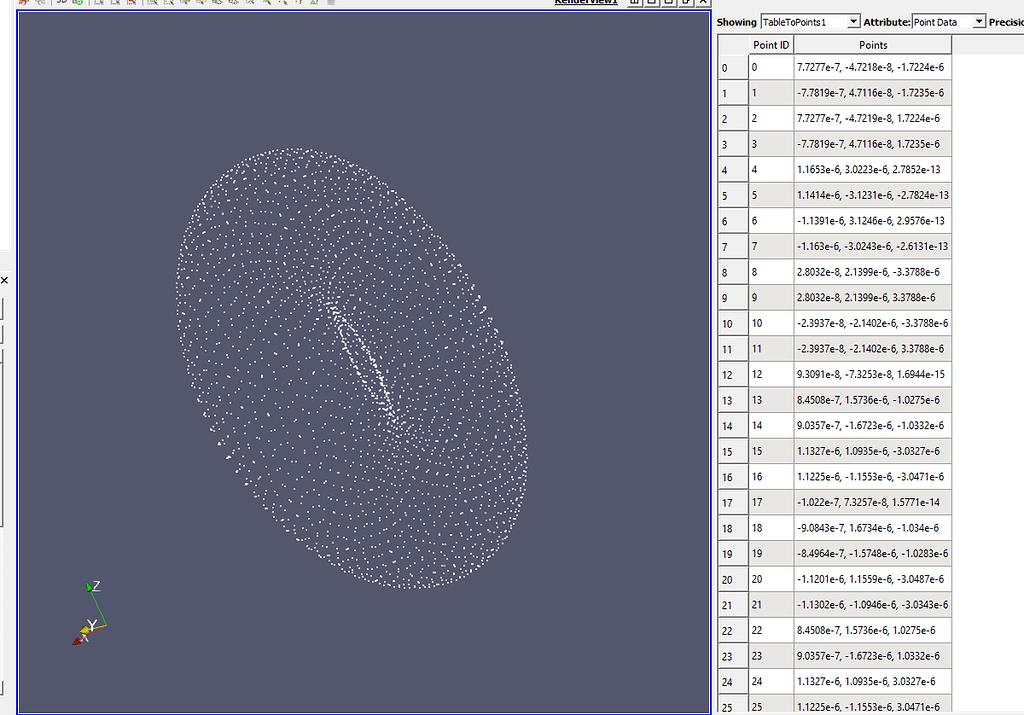


Note that, for the purposes of HLPW, the flap and slat are not attached to the wing and fuselage, and for the purposes of CFD simulation will be assumed to be “flying in formation” with the aircraft.įigure 3: The HL-CRM geometry (viewed from below) is shaded to represent the topology of the geometry model before quilting (left) and after quilting (right). The design was further modified for the specific purposes of HLPW, resulting in the geometry shown in Figure 1. The HL-CRM’s design was based on a high lift configuration that has been used in numerous experimental and numerical simulations. Therefore, since so much of the meshing process centers on the hybrid mesh, it will be emphasized in this article.


Both workshops will use the HL-CRM as a benchmark case for their respective goals. The goal of the Geometry and Mesh Generation Workshop (GMGW) is to assess the current state-of-the-art in geometry preparation and mesh generation for aircraft and spacecraft of interest to AIAA constituents. The goal of the High Lift Prediction Workshop (HLPW) is to assess the current capabilities of computational fluid dynamics (CFD) to numerically predict the high lift flow physics of a swept, medium-to-high-aspect ratio wing aircraft in a landing/take-off configuration. We generated several type of meshes (unstructured, hybrid, hybrid overset, and high order) for the NASA High Lift Common Research Model that are described here. Tecplot 360 interfaces with CFD solvers and analysis tools that export in Tecplot readable format.Pointwise is supporting two AIAA workshops (the 3rd High Lift Prediction and the 1st Geometry and Mesh Generation Workshop) to be held prior to AIAA Aviation in June 2017. SZL file format loads data faster because only the data needed for your plot is loaded at a given time. The Overset Cylinder uses Tecplot’s proprietary data format we call Subzone Load on Demand or SZL (pronounced “sizzle”). Navigate to the FlowOverCylinder folder in the bundle you downloaded.Choose the Tecplot Subzone Data Loader (*.szplt).Run Tecplot 360 and choose Load Data… from the File menu or use the Open File icon.The 2.4 MB Bundle file contains data used in many of our video tutorials and contains our Tecplot 360 Getting Started Guide. Follow along by downloading and extracting the files from the Getting Started Bundle.
#Fieldview unstructured paraview how to#
This video tutorial walks you through how to load your data into Tecplot 360. « Back to Video Tutorials Loading Data into Tecplot 360 Duration 1:22


 0 kommentar(er)
0 kommentar(er)
